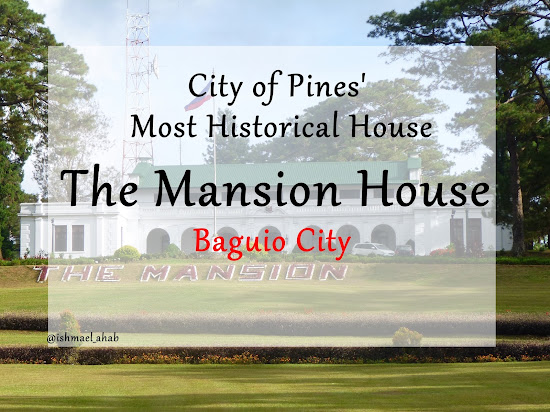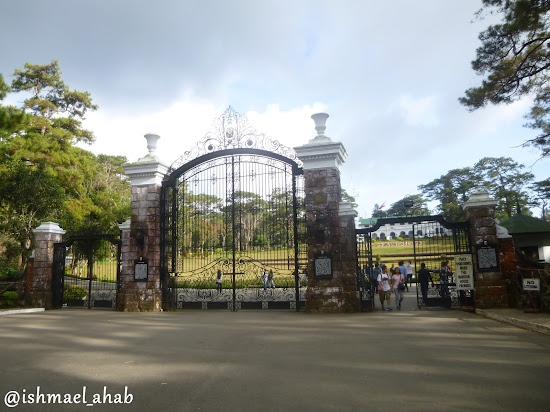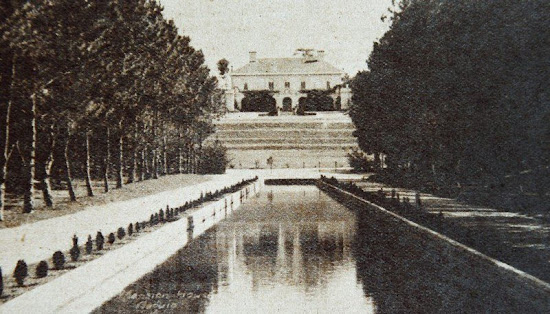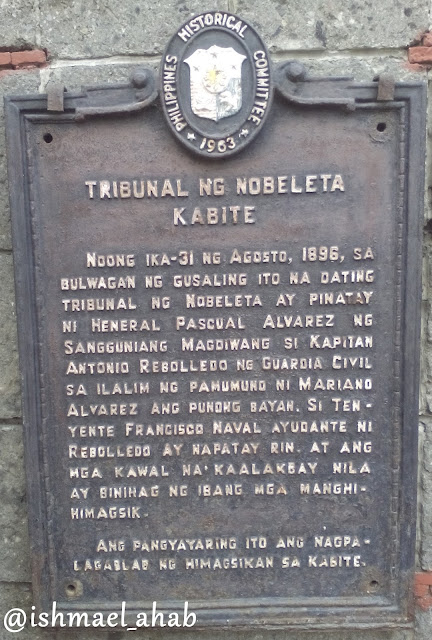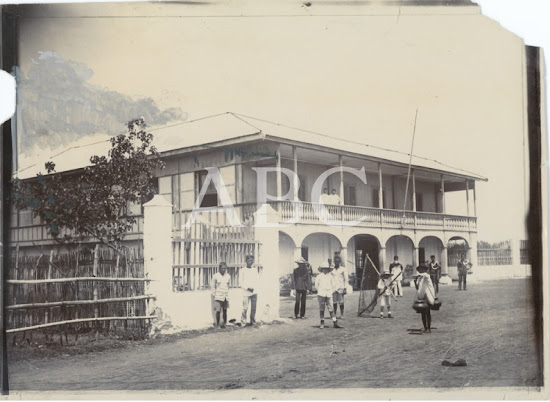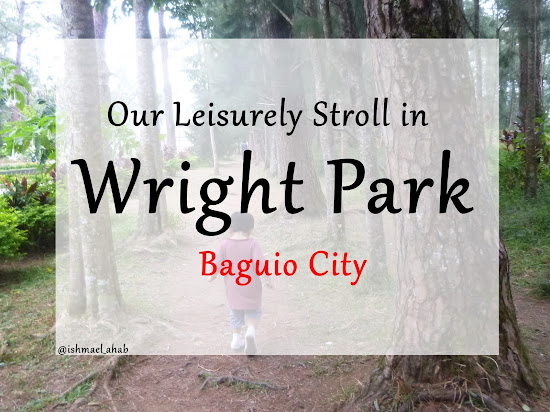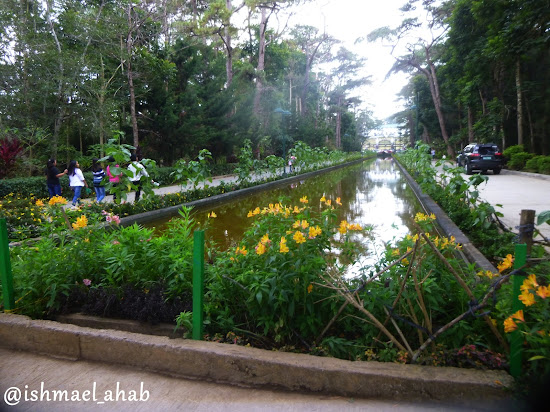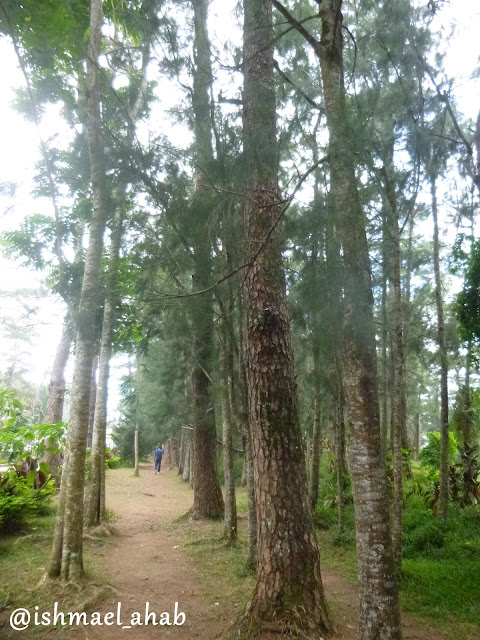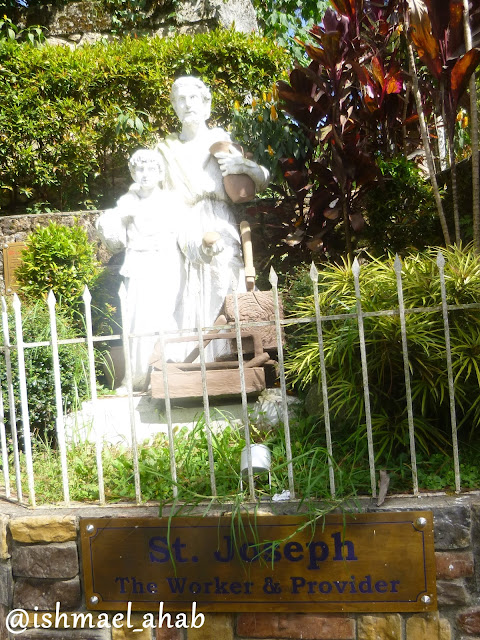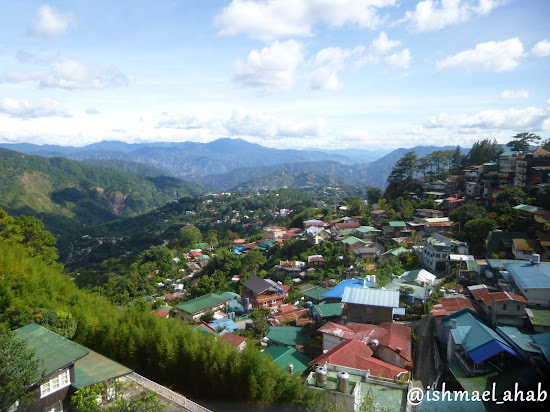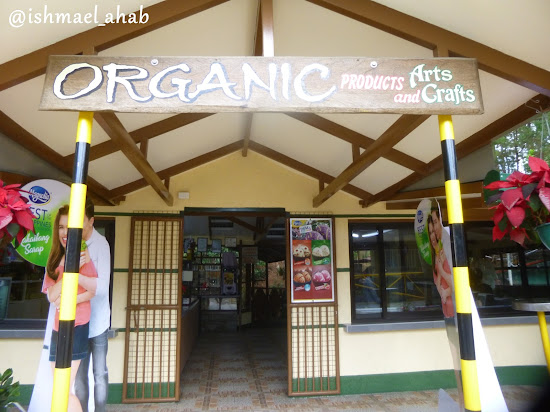Getting Philippine passport quickly is not that easy. The first reason is that getting a good schedule for passport application or renewal is difficult because the quota for each day is easily filled up. The second reason is that the lines to various steps of the passport application or renewal are very long.
One way to bypass the scheduling hassle and the long lines is to apply for passport application or renewal via the Courtesy Lane.
So if you are
1. a regular government employee
2. an immediate family member (spouse, child, parent) of a government employee
3. a retired regular government employee
4. a senior citizen
5. a person with disability
6. a solo-parent
7. a minor child of a solo-parent
8. a pregnant woman
9. a seven-year old minor
10. a parent or minor sibling of the seven-year old minor.
11. an OFW
...then you are in luck because you can use the Courtesy Lane.
I personally experienced the Courtesy Lane at the DFA Consular Affairs Office in Pasay when I recently renewed my passport. I did not set any appointment but I just went to the DFA Consular Affairs Office in the morning.
Take note that the courtesy lane only accepts passport application in the morning and closes in the afternoon.
The Courtesy Lane is located at the second floor of the DFA Consular Office. Here are the steps for passport application and renewal in the Courtesy Lane at the DFA Consular Office:
Step 1: Checking of Documents
The clerks at the entrance of the Courtesy Lane office will check if you complete documents for passport application or renewal.
The requirements for Philippine passport application are the following:
1. Accomplished Application Form, which is downloadable at the DFA website.
2. Original and photocopy of Philippine Statistics Authority (PSA) Authenticated Birth Certificate on Security Paper.
3. Philippine Statistics Authority (PSA) Authenticated Marriage Contract on Security Paper or Report of Marriage for married females who are using their spouse's last name. Original and photocopy of Local Civil Registrar Copy of marriage certificate is not clear or cannot be read. If the married female opts to retain maiden name, the marriage contract is not required.
4. Any of the following acceptable IDs with one (1) photocopy.
The requirements for Philippine passport renewal are the following:
1. Accomplished Application Form, which is downloadable at the DFA website.
2. Current Philippine ePassport or expired Philippine passport with photocopy of data page
3. Original PSA authenticated documents that will support the change of name, such as, Marriage Contract, Annotated Birth Certificate, Annotated Marriage Contract to show annulment/divorce/court ordered instruction, and Death Certificate of Spouse.
You will be given a queue number If your documentary requirements are complete then you can enter the Consular Lane office.
Step 2: Document Processing
A consular officer will asses your application. This is when you will be asked if you want to expedite your passport application renewal.
Step 3: Data Capture
This is the step where a consular officer will encode your personal information and take your fingerprint and photo. Check carefully if the information that the consular officer encoded is correct because an incorrect information will appear on your passport.
Step 4: Payment
This is when you will pay the necessary fees fir passport application and renewal. The passport fee is 950 pesos. If you wish to expedite the process then you have to pay 1,200 pesos.
Make sure that you will not lose your receipt because you will use this when claiming your passport.
Step 5: Passport Pick-up
There is an option to have your new passport delivered to your home or workplace. I, however, opted to just get my new passport in the Consular Affairs Office on the appointed date.
There were no queue and it was quick. I just handed out to the the consular officer my receipt and then I got my passport in less then 10 minutes.
Adding all the time I spent during every step, I can say that I only spent less than 45 minutes transacting with DFA Consular Affairs Office. That was quick and I commend the DFA for this.
- - -
Do you want to know what countries to visit that doesn't need a visa? Read my post 2019 List of No Visa Country for Filipinos
- - -
Do you want to know what countries to visit that doesn't need a visa? Read my post 2019 List of No Visa Country for Filipinos
.

















